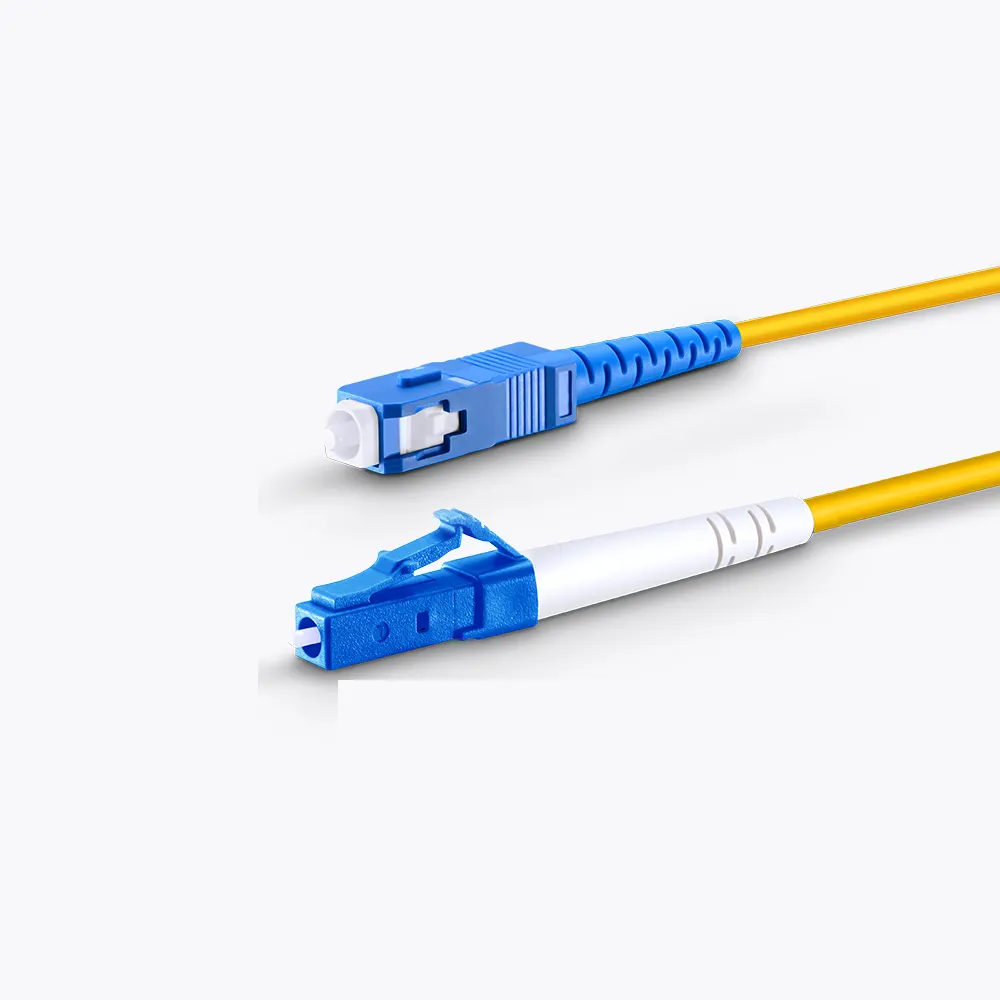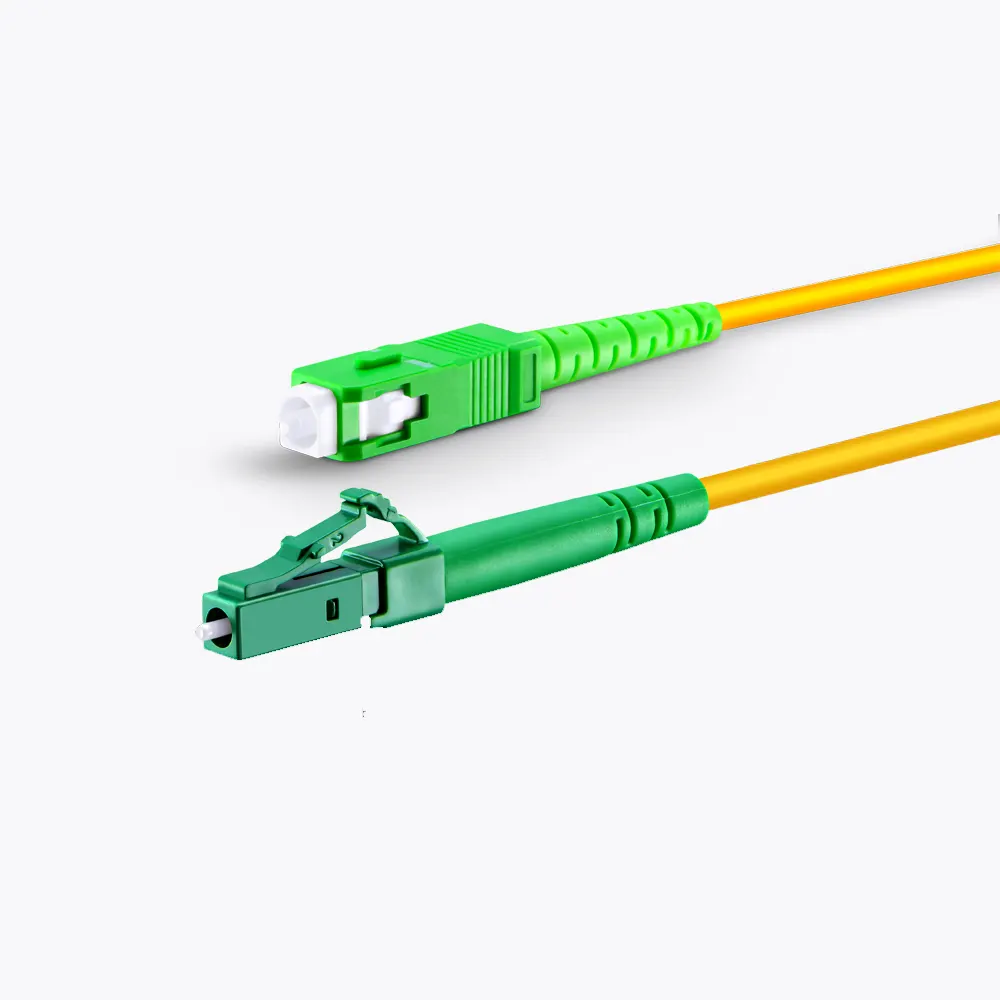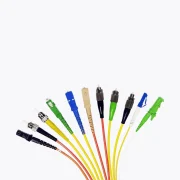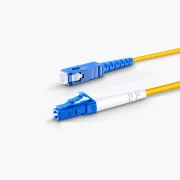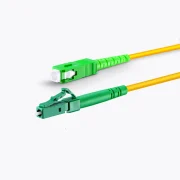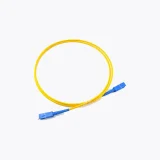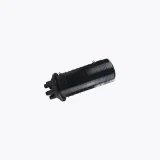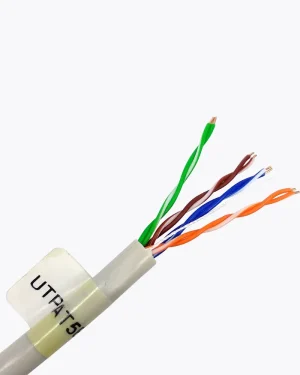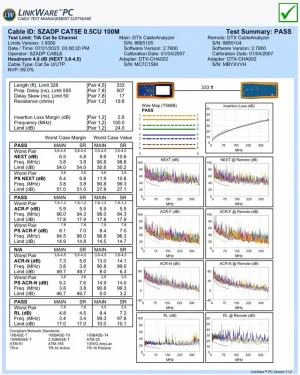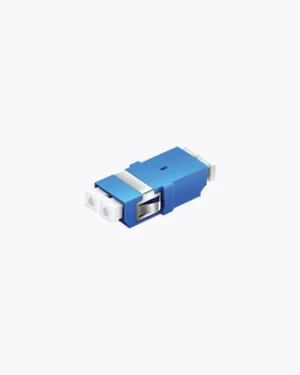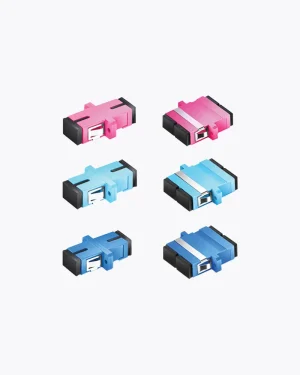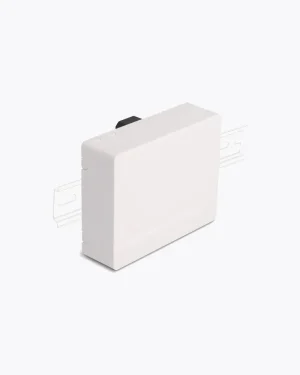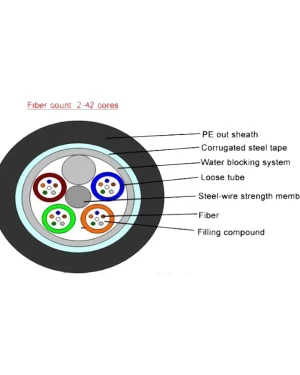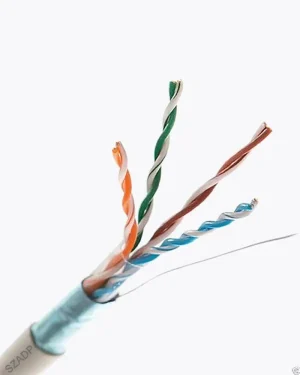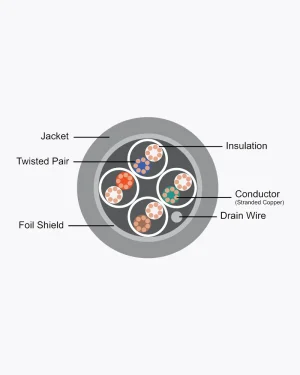Fiber Pigtail vs. Fiber Patch Cord: What Is the Difference?
Some guys may need clarification about fiber optic pigtails and patch cords. What is the similarity, and what is the difference?

First, the most critical difference is the fiber connector. Fiber optic pigtails have only one terminated connector on one side but bare fibers on another side. In contrast, the patch cords have two or more pre-terminated connectors on each side and have no bare fibers.
Second, the difference is the fiber cable types. Fiber optic pigtails typically use an unjacketed cable like a 90μm diameter cable. However, the patch cords usually use jacketed fiber cables, such as 2.0mm or 3.0mm fiber.
Third, the different applications. Fiber optic pigtails are mainly for fast fusion splicing applications, while patch cords are for connectivity between optical transceivers, patch panels, and backbone networks.
Finally, as a simple but quick method, we can cut a fiber patch cord into two pieces to make two pigtails. That is because it is difficult to test a pigtail in the field. Before the pigtail is spliced to the equipment, it is challenging to test the unterminated end.
Fiber Pigtail Types
There are many types of fiber pigtails based on one different factor. Fiber connector types include LC pigtails, SC pigtails, ST pigtails, FC pigtails, MU pigtails, and E2000 pigtails. By fiber types, including single mode and mulitmode pigtails.
Next, Let us have a closer look at the fiber pigtails types.
By Fiber Type
Generally, fiber optic pigtails are classified as multimode and single-mode fiber.
- Multimode pigtails are made with 62.5/125μm or 50/125μm bulk multimode fiber cables and terminated with multimode connectors. However, if we want to classify them in more detail, we can divide them into OM1, OM2, OM3, OM4, and OM5 pigtails.
- Single mode pigtails are made with 9/125μm OS1 or OS2 bulk single mode fiber cables and terminated with single mode connectors.
By Connector Type
Based on the fiber connector type, we can divide the fiber pigtails into LC pigtails, SC pigtails, ST pigtails, FC pigtails, MU pigtails, E2000 pigtails, MPO pigtails, and so on. Next, Let’s take a close look at the regular types.
LC Fiber Pigtail
LC connectors are compact form factor fiber connectors for high-density connections. They are a 50% smaller version of the older SC fiber connector and have a square plastic enclosure with a 1.25mm ceramic ferrule. The LC fiber pigtails are pre-assembled with an LC connector. It is one of the most common types.
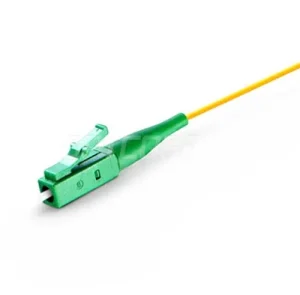

SC Fiber Pigtail
SC, which stands for Subscriber Connector, has also been called Square Connector or Standard Connector. The SC connector has a 2.5mm pre-radiused zirconia or stainless alloy ferrule. The SC fiber pigtails are pre-assembled pigtails with an SC connector. Because of the low cost, longevity, and ease of installation, SC pigtail is commonly used in both P2P and PON applications.
FC Fiber Pigtail
FC fiber pigtails benefit from the metallic body of FC optical connectors, which have a screw-type structure and high-accuracy ceramic ferrules. FC fiber pigtails and related items are widely used in various applications.
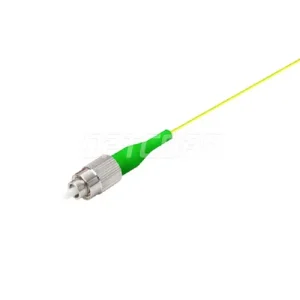

ST Fiber Pigtail
ST fiber pigtail is similar to the FC pigtail, but instead of threads, the ST connector has a locking mechanism different from FC connectors. It has a ferrule with an extended 2.5mm diameter composed of ceramic (zirconia), stainless alloy, or plastic. As a result, ST pigtails are commonly used in telecom, industry, medical, and sensor applications.
By Interface Polish Type
PC Fiber Pigtail
PC is an abbreviation for “physical contact” connector. A PC fiber pigtail made with physical contact polished connector. Most multimode pigtails are PC polished and widely used in the telecom sector and data systems.
UPC Fiber Pigtail
UPC stands for “ultra physical contact”. Unlike the PC fiber pigtail, this pigtail is made of a UPC connector with improved physical contact for reducing air gaps and lowering ORL even further. It is the most commonly polished type for single mode and multimode pigtails.
APC Fiber Pigtail
APC stands for “Angled physical contact”. It is designed to reduce back reflection even further. These connectors’ ferrule end faces are polished at an angle of 8 degrees. APC fiber pigtails are typically used in CATV, FTTx, and other WDM systems.



